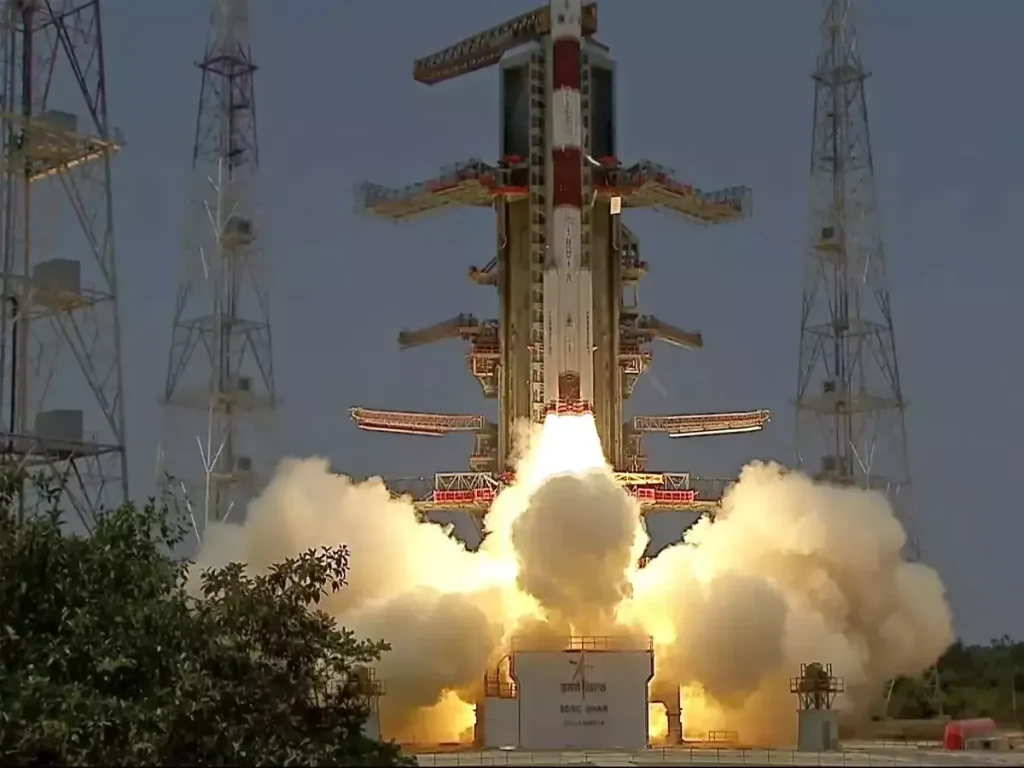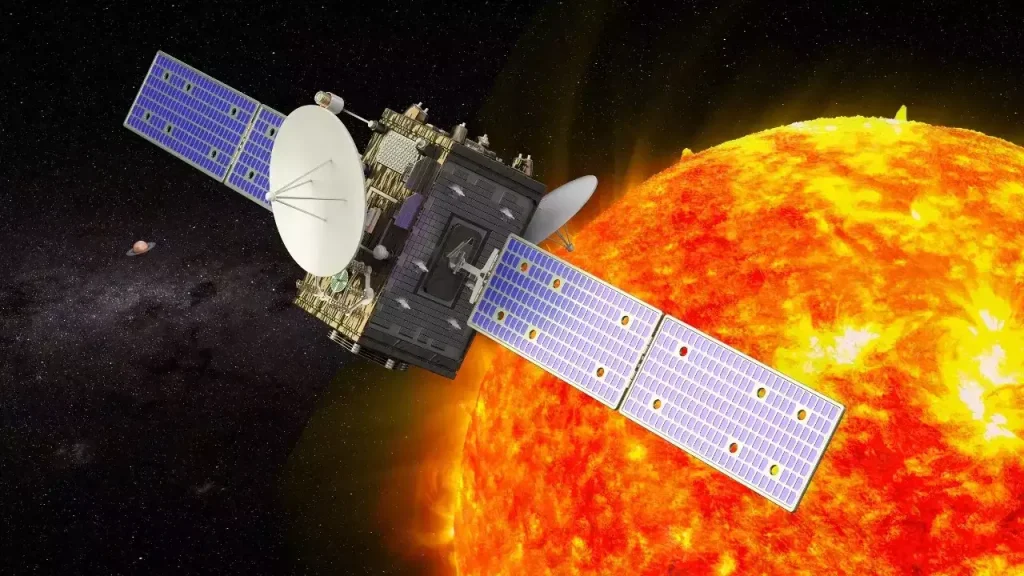India’s pioneering solar mission, Aditya-L1, has achieved a significant milestone by completing its first halo orbit around the Sun-Earth L1 point, the Indian Space Research Organisation (ISRO) announced on Tuesday as per a PTI report.
Launched on September 2, 2023, Aditya-L1 is India’s first solar observatory mission aimed at studying the Sun from the vantage point of the Sun-Earth Lagrangian point L1. This point, located approximately 1.5 million kilometers from Earth, allows continuous observation of the Sun without the hindrance of planetary eclipses. The spacecraft was successfully inserted into its targeted halo orbit around L1 on January 6, 2024.

During its orbit around the L1 point, Aditya-L1 is subjected to various gravitational and non-gravitational forces that can cause it to deviate from its intended path. To counter these perturbations, ISRO conducts station-keeping manoeuvres—precision adjustments to maintain the spacecraft’s orbit.
On February 22 and June 7, 2024, Aditya-L1 underwent its first and second station-keeping manoeuvres, respectively. These operations were crucial for correcting its trajectory and ensuring stability within its halo orbit.
“Today’s third station-keeping manoeuvre has successfully transitioned Aditya-L1 into the second halo orbit path around L1,” ISRO stated. This manoeuvre is part of the ongoing effort to keep the spacecraft on its precise course, as it takes 178 days to complete one revolution around the L1 point.
Navigating the halo orbit around the Sun-Earth L1 point involves managing complex dynamic interactions. ISRO has developed sophisticated flight dynamics software in-house at its URSC (U R Rao Satellite Centre) facility, which plays a crucial role in accurately modelling these interactions and planning precise orbit manoeuvres.

“With today’s manoeuvre, the state-of-the-art flight dynamics software developed in-house at URSC-ISRO for the Aditya-L1 mission stands fully validated,” the space agency declared. This validation underscores ISRO’s capability in managing the intricate dynamics of long-term space missions.
Aditya-L1 is equipped with seven payloads designed to study various aspects of the Sun, including its outermost layers (the corona) and the solar wind. The mission aims to provide critical insights into solar activities, such as solar flares and their impact on space weather, which can affect satellite operations and communications on Earth.
The continuous observation from L1 will allow Aditya-L1 to monitor the Sun’s behaviour in real-time, contributing to global efforts in understanding the Sun’s influence on the heliosphere and space climate.
With the successful completion of the first halo orbit and the transition into the second, Aditya-L1 is on track to achieve its mission objectives
